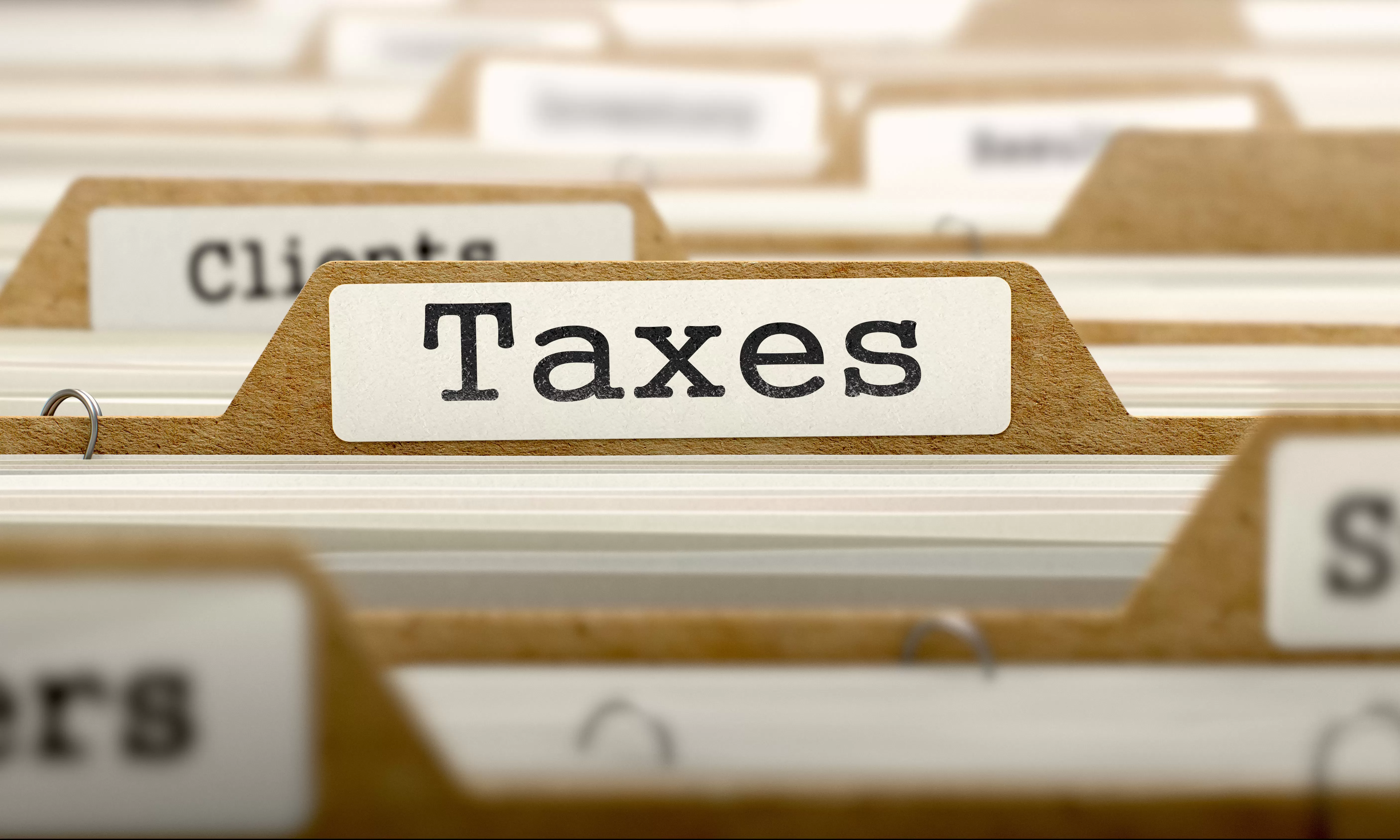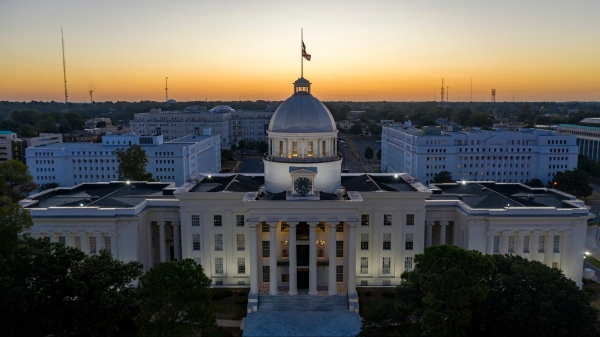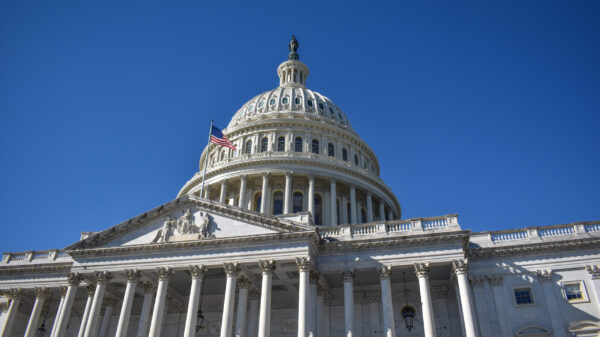Last year was a great year for most state governments, with a few notable exceptions.
In Alabama, tax revenues are soaring, but have not entirely recovered from pre-Great Recession levels.
According to a new study by the Pew Charitable Trust, 36 states collected more tax revenue than they did at their pre-Great Recession peaks, after adjusting for inflation. Alabama’s tax revenues were up markedly in the third quarter of 2018 to the highest levels seen since state government revenues peaked in the third quarter of 2008.
The economy has expanded substantially and that is showing in increased tax collections. Alabama’s state government had peaked to an all-time high in the third quarter of 2008, when Bob Riley was the Governor. Then the stock market tanked, millions of American homeowners found that they were unable to pay their mortgages, banks began to fail, the homebuilding industry crashed, and Presidents George W. Bush and Barack H. Obama intervened in the economy with the TARP bank bailout. Millions of Americans lost their jobs, their homes, their 401ks, and many lives changed forever.
For state governments, people making less money pay less taxes. By the second quarter of 2010, paralleling the national average, Alabama’s total tax collections had dropped 13.2 percent from peak levels and lower than tax collections had been in years. The people of Alabama responded to the economic crisis and corruption scandals in Montgomery by rejecting 136 years of Democratic Party control and giving Mike Hubbard and the Republicans supermajorities in both Houses of the Alabama legislature plus every statewide race on the ballot. Doug Jones’ narrow victory over Judge Roy Moore in the 2017 special election for U.S. Senate is the only time a Democrat has won a statewide race in Alabama since.
Lawmakers in Alabama and state capitals across the country struggled to figure out how to cut budgets, get federal bailout dollars, and/or raise revenues to keep state agencies afloat. Nationally state tax revenues bottomed out in the fourth quarter of 2009 at 12.5 percent below peak levels. Two years later nationally average states had recovered back to just 4.4 percent below the pre-Recession peak of 2008. Alabama, however, was still 11.3 percent below the peak revenues seen in 2008. By the fourth quarter of 2013 nationally state governments were taking in 2.4 percent more than they did during the third quarter of 2008, adjusted for inflation. Alabama, however, was still 7.7 percent below those peak revenues.
When Governor Robert Bentley (R) resigned amidst scandal during the second quarter of 2017, Alabama tax revenues were still 4.1 percent below the 2008 third quarter state peak. The national average was 6.3 percent above the third quarter of 2008. In the third quarter of 2018, Alabama tax collections were only 1.1 percent below the pre-Great Recession peak. The national average, however, is 12.2 percent above the mark set ten years ago.
The ten states with the greatest gains in tax revenues are: 1. North Dakota (47.9 percent above peak) 2. Colorado (32.2 percent above peak), 3. California (27.6 percent above peak), 4. Oregon (26.8 percent above peak), 5. Minnesota (25.5 percent above peak), 6. Hawaii (23.6 percent above peak), 7. Washington (22.8 percent above peak), 8. Nevada (22.5 percent above peak), 9. South Dakota (20.8 percent above peak) and 10. Maryland (18.8 percent above peak).
The ten states most below their third-quarter 2008 collections are: 50. Alaska (-86.3 percent below peak), 49. Wyoming (-38.2 percent below peak), 48. New Mexico (-15.3 percent below peak), 47. Oklahoma (-8.5 percent below peak), 46. Florida (-7.9 percent below peak), 45. Ohio (-7.4 percent below peak), 44. Louisiana (-6.7 percent below peak), 43. West Virginia (-2.8 percent below peak), 42. New Jersey (-2.6 percent below peak), and 41. Arizona (-2.2 percent below peak).
According to the authors, states collectively took in 5.5 percent more tax revenue from July 2017 through June 2018, the budget year used by most states, than they did in the previous year, after adjusting for inflation. It was the greatest increase since tax dollars rose 7.0 percent in fiscal 2011. Just two states bucked the upward trend and took in less in fiscal 2018 than they did a year earlier: Mississippi and Ohio.
To read the report, click here.

















































